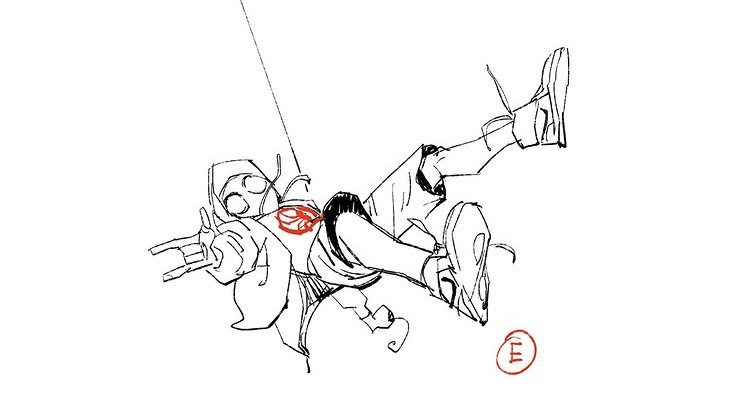The Evolution of Computer Generated Imagery in 2D Animation
Image via @spiderversemovie, the movie’s official Instagram account.
“Spider-man: Into the Spider-verse” concept art
June 3, 2021
“Avatar: The Last Airbender” is my favorite cartoon ever, and I watch a lot of cartoons for a fifteen year old. It might be my favorite show of all time, period. With complex character arcs, surprisingly dark themes, smart humor and refreshing world building, the show remains entertaining for children and adults alike. However, in a show as perfect as “ATLA,” one small imperfection sticks out like a sore thumb: its crude attempt at using CGI animation.
One of many great things about “Avatar: The Last Airbender” is it’s two dimensional animation. Although a difficult task, the show’s decisions to hand draw it’s characters frame by frame gives a beautiful and authentic feeling to viewers. However, on rare occasions the show chooses to use CGI animation, which just doesn’t work. Also known as computer animation, CG is computer generated graphics that are much easier and faster to animate than drawing by hand. The issue with using CGI in 2d animation is that the computer generated graphics make it extremely difficult to trick the eye into believing that what it is viewing is two dimensional. It is obvious what is hand drawn and what is computer generated, which shakes the viewer and momentarily takes them away from the drama of the moment.
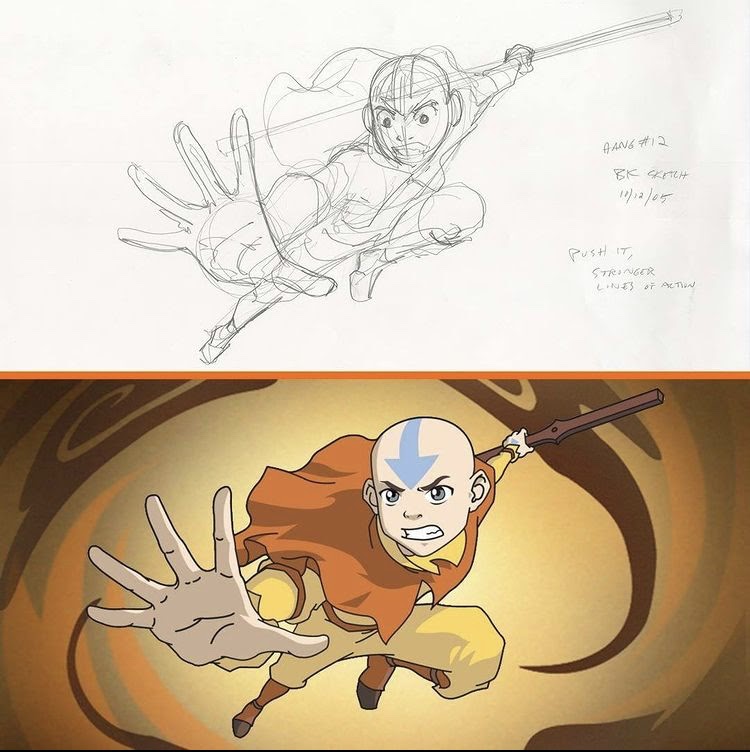
This is in no way bashing “The Last Airbender.” It’s art style, to this day, remains astonishing, having even won the show a Primetime Emmy for Astounding Individual Achievement in Animation, and mixing CGI with 2d cartoons was still relatively new in 2005, when the show first began airing. Since then, CG with frame by frame animation has improved greatly and allowed animation studios to create some truly remarkable entertainment as a result.
One factor in improving a studio’s use of CGI is simply experience. When ATLA’s creator, Nickelodeon Animation Studios, continued the “Avatar” Franchise in 2012 with spinoff series “The Legend of Korra,” it’s occasional use of CG came off much smoother. Although still visible, the effect is nowhere near as jarring and doesn’t distract the viewer at all, and thus far, CGI in animation continues to improve.
An example of a truly groundbreaking feat of mixing CGI with otherwise 2 dimensional productions is found in another one of my favorite shows, “Attack on Titan.” Before this series was released in 2013, using Computer graphics in anime was kept quiet and seen as cutting corners, so it was only used in fail safe situations. Wit Studios, the animation studio responsible for “Vinland Saga” and “Great Pretender” took a risk when animating “AOT,” which was one of its first anime as a studio, and decided to use CGI in a simple yet genius way. Instead of replacing foreground objects with CGI as opposed to drawing them, the studio made the entirety of some backgrounds computer generated and placed movement and character movement frame by frame in front, which took attention away from added bits of CG and didn’t really distract the viewer. These attempts were minimal in season 1, when the technology to achieve the wanted effect was still experimental. In season 2, they stepped it up and used CGI backgrounds in high octane, moving frames. This worked extremely well and allowed animators to focus time and energy into animating the action and characters to the best of their abilities. A prime example of this paying off is found in the famous “Levi vs. Kenny squad” scene. This specific scene has been immortalized for how amazing the movement of Levi’s character is, and is so perfect and adrenaline inducing that audiences don’t even realize that the entire background is CGI.
With two seasons of “Attack on Titan” under their belt and a massive fandom behind them, Wit studios felt more comfortable with computer generated effects- a landmark achievement and the first of its kind to do so successfully. In season 3, more creative liberties with the animation were taken as the action in the story increased, including the use of CGI to animate a moving character. Since the character was a slow 60 meter tall humanoid monster, this again paid off and made the climax of season 3 a smash hit.
However, there was a reason why the studio felt they had to use cheaper CGI. Due to budget constraints and an inability to keep up with the high standard they’d set for themselves, Wit studios was unable to animate a 4th season and was forced to hand off the show to studio MAPPA.
Don’t get me wrong, MAPPA (Maruyama Animation Produce Project Association) is easily my favorite animation studio. We’ve got them to thank for the masterpiece that is “Jujutsu Kaisen,” and upcoming projects like the “Jujutsu Kaisen” movie and the anime adaptation of “Chainsaw Man.” With only 8 months to animate the fourth season of “Attack on Titan” and little prior experience with CGI, MAPPA miraculously managed to pull through and deliver an entertaining final season. Characters and colors actually look more accurate to the manga, and overall the studio did an amazing job making the story come to life. However, the final season is the most action packed season, which makes CG effects necessary when faced with limited time. MAPPA’s inexperience with the medium is visible during large scale clashes. Overall, it doesn’t take away from the experience of enjoying the conclusion to a great story.
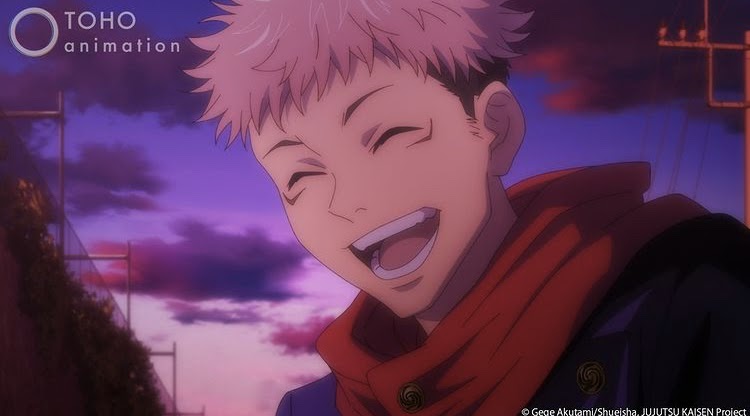
These days, computer animating entire films has become extremely common. One of my favorite films that uses CGI animation in a revolutionary way is “Spider-Man: Into the Spider-verse.” Instead of trying to accomplish photo realism, like several Pixar movies try to do, “Spider-verse” leans into its comic book origins and embraces the “chunky” style of CGI. To capitalize on the film’s comic book page feel, different frame rates and animation techniques were used for different characters. Animators also layered hand drawn details on top of characters. This approach of using different mediums was extremely successful, earning “Spider-Man: Into the Spider-verse” the oscar for Best Animated Feature in 2019.
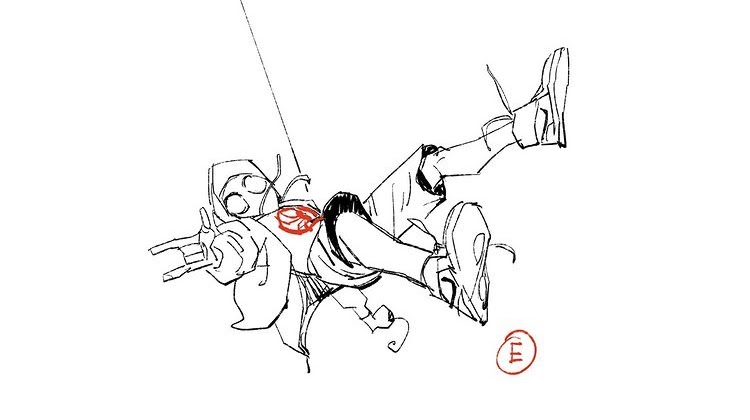
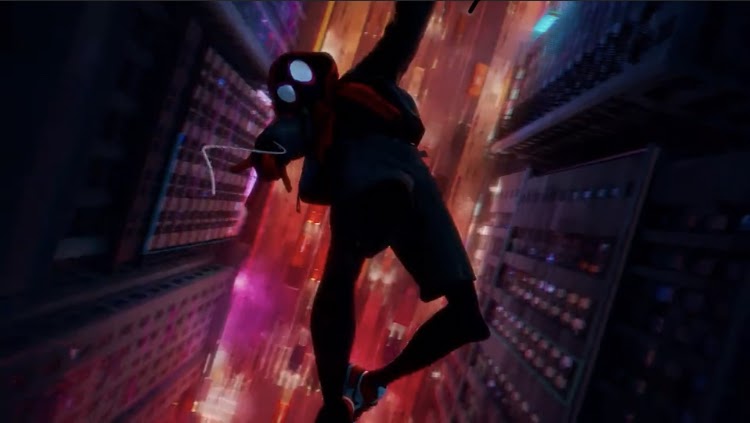
CGI has got a bright future. As technology advances, more masterpieces like “Avatar: The Last Airbender” can be elevated and become beautiful, timeless art.

